TAHITI ISLAND
Did you know Moana animated musical action film produced by Disney? according to the movie, the island of Te Fiti is the main character which is referred to as “Mother’s Island”. Te Fiti is described as the goddess of life who used her heart to spread the gift of life throughout the world, creating many islands which would be inhabited by flora, fauna, and people.
Te Fiti is not a real place. However, Moana’s creators based Te Fiti on Tahiti, the largest island in French Polynesia. Bill Schwab the director revealed that Tahiti is a beautiful place with beautiful people.

Location
French Polynesian, The Society Islands (Southern Pacific Ocean).
Area
1,045 km²
Population
178.133 people
The island of Tahiti is one of a group of islands which are in the Society Islands (Southern Ocean Pacific), a Country of French Polynesia. Tahiti is an island the largest of the Society Islands among several other major island groups such as Moorea, Raiatea, Bora Bora, and Huahine. Since 1767, Tahiti is known as “Otaheite” and was visited by Captain Samuel Wallis (England’s navy) to Captain James Cook with Royal Society scientific expedition. Tahiti is one of the “paradise” tourist destinations on the European Continent so it is often used as a tourist destination for foreign tourists who want to take a vacation.
PUSH & PULL TOURISM FACTOR
Push Motivation:
This destination provides an attractive place for natural resources, cultural resources, and also resorts.

Push & Pull Tourist Motivation:
Natural tours, cultural education, festival, resorts/hotels, restaurants, and open museum
- Tourists want to try, explore, learn, and cultural tour with traditional people in Polynesia.
- Tourists want to travel with the natural beauty of the island of Tahiti.
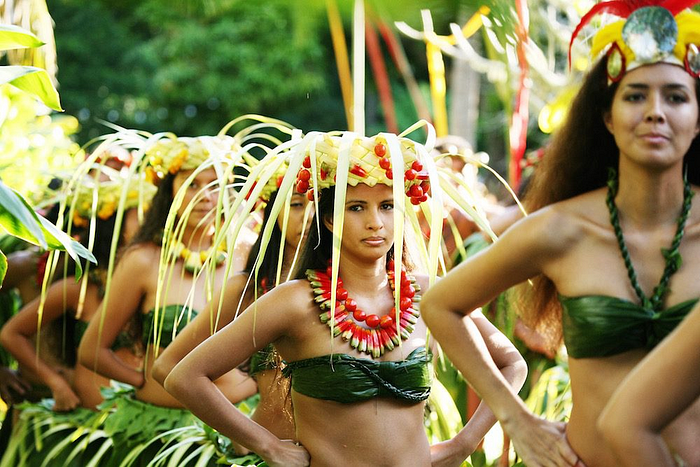
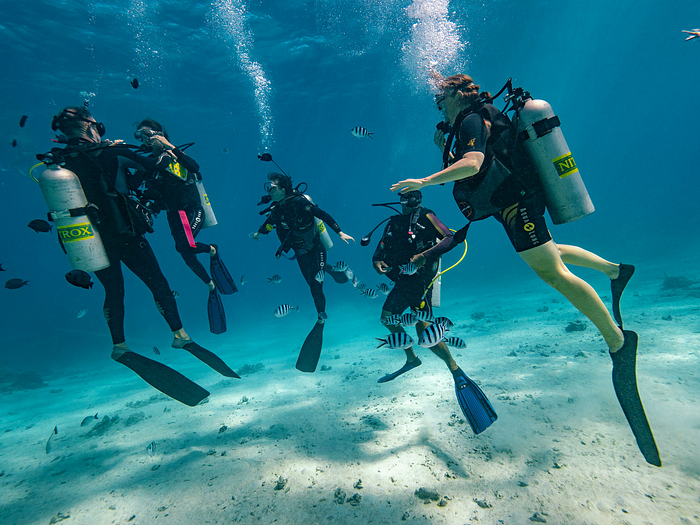
THE PROMOTION
Tahiti Tourism has a promotion on its website https://tahititourisme.com/

ACCESSIBILITY
There are flights from Juanda Airport, Surabaya to Papeete City, French Polynesia. With a departure duration of 67 hours (3 days), the flight is 10,577 km. Duration of return for 45 hours (2 days). Then travel from Papeete to Tahiti for 19 km by land transportation.

ACCOMMODATION
Managed by Sofitel is located on the west coast, in the heart of a tropical garden, on the edge of the only white sand beach on the island, with views of the ocean, the island of Moorea, and in the evening, a beautiful sunset. Visitors can relax in the sand-bottom pool. Free Wi-Fi is available in public areas. The hotel offers rooms with garden or lagoon views, over-water bungalows with stunning views of the island of Moorea, 2 restaurants and 2 bars, and a meeting room.


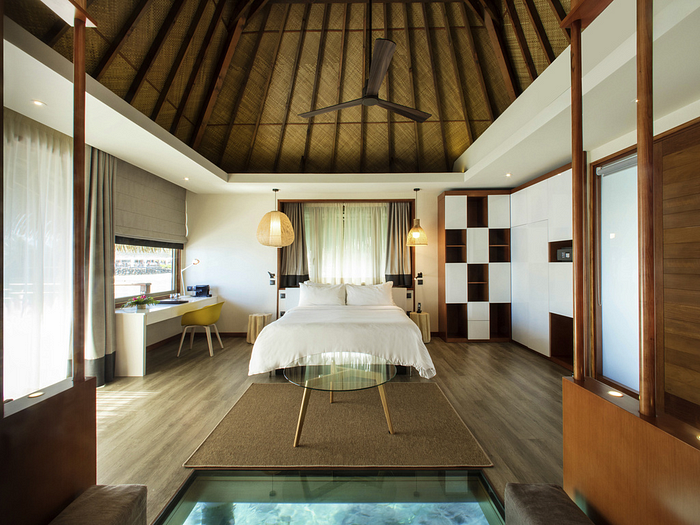
CULTURAL RESOURCES ATTRACTION
1. Polynesian Tattoo
The word “tatau” comes from the Tahiti Islands, and the symbols are meaningful and have a story. As befits a significant moment, the personal history of the Tahitian.
1. The line traced on the human body connects Ma’ohi (past) to Mana (future/present).
2. The pattern and color of the presence of Tohu (God Tatau) represents the color of all the fish in the ocean which give each ora the essence of meaning and life.
In Polynesia, tattoos are a sign of beauty. In the past, tattoos were considered by the Polynesian people as an important part of, and today, tattoos mark the end of adolescence.
Polynesian Tatau Tattoo
An annual international and cultural event of the official tattoo festival in French Polynesia, organized by tattoo artists for tattoo artists and the wider community. This event serves to promote, protect & add value to Polynesian tattoos.

Traditional Polynesian Tattoo Techniques
Tattoo artists use manual techniques with tattoo combs or handmade needles. The comb or needle (often made with shark teeth), is then tapped against the skin to deposit the ink. Many Polynesian tattoo artists still prefer to tattoo people manually rather than using a tattoo gun or other tools.

2. Firewalking Polynesia “Umu ti”
The Umu ti/Polynesian Firewalking Ceremony is a spiritual, cultural, and physical experience. After a series of incantations, the host invites volunteers from the audience to walk across a path made of hot white stones. This tradition has its roots deep in the past when famines were common and to prepare them, Polynesians would preserve the root vegetables by cooking them in very hot ovens. A high priest would then walk on the heated stones of the oven and if his feet were not burnt it was a sign that the gods were pleased and the vegetables would be stored until needed.
Held in late June and early July each year, the fire walk ceremony marks the start of the traditional Heiva festival. Tahua, a Tahitian priest, prepares a long trench filled with fire from dry wood and coconut trees covered with volcanic rock. The fire burns between 24 and 48 hours until the stones turn white hot. Then the ceremony can begin. After a series of incantations, the volunteers are invited to walk across the hot stones. Apparently, it serves to purify the body and soul.

3. Street Art
From 2014 to 2018, thanks to the initiative of Polynesian entrepreneur Sarah Roopinia, the city of Papeete hosted the Ono’u festival in Tahiti. This street art festival brings together many renowned international artists as well as the cream of our local talent. The result is a truly open-air modern street art museum. Visitors travel by walking, bicycle, or scooter.
Ferry Terminal
A great place to start your Papeete street art trail is in front of the ferry terminal. As the Moorea ferry comes and goes, look at the 3D drawings on the floor. Painted by Léon Keer, it depicts a group of cheerful robots that come to life as visitors walk past. A ‘trompe l’oeil’ that entertains both children and adults alike.
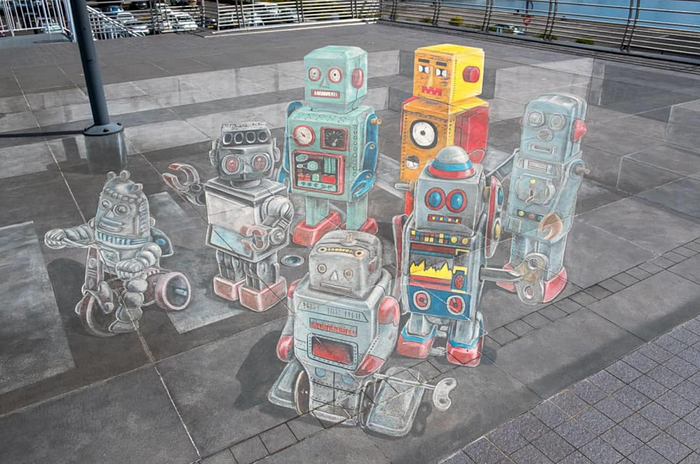
Rue Edouard Ahnne:
THE VAHINE IN A RED TĪFAIFAIOn a large wall, it depicts a young Tahitian girl asleep in a red and white tīfaifai (bedcover) or pareo. Envisioned by artist Seth, painted by him and local artist HTJ. Take the visitor’s time to observe it in detail, it will surprise you. Interestingly, this work of art is displayed on a stamp issued by the local Post Office, Fare Rata.

Rue D’urmont D’urville:
THE TAHITIAN GIRLS OF LA MENNAISBrazilian artist Eduardo Kubra is known for the multi-colored diamond shapes on the faces he paints. The two Tahitian girls whose faces adorn the walls of the La Mennais campus are no exception. The color on their faces catches the attention of visitors as their eyes seem to penetrate them.

Papeete can be proud to have welcomed one of the best street artists in the world, Alexandre Fartos, known as VHILS. On another wall of the La Mennais campus, the artist uses a drill to create a black and white portrait of a young girl. The roughness on the wall gives depth to the picture and it is a truly extraordinary work of art.
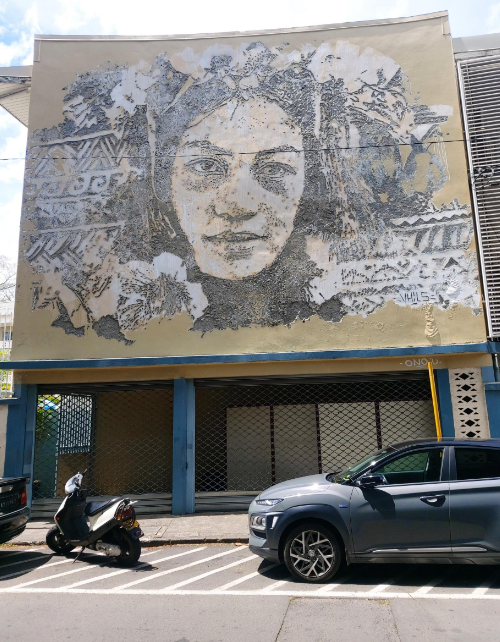
4. Traditional Dance “Ori Tahiti”
Traditional dance performances should be a part of any visit to the Tahiti Islands. Most hotels perform ‘Ori Tahiti’, sometimes with fire dancing as well, as part of the weekly ‘Polynesian’ nights. The advantage of this show is their intimacy. Diners will be close enough to the dancers to appreciate their athleticism and grace while sitting down and sipping a cocktail or two.
Dance groups put on spectacular performances throughout the year, but most importantly Heiva, held in Tahiti every July, where visitors can thrill to the beat of the to’ere drums as visitors watch dance groups from all over the archipelago compete in Polynesia’s most important cultural festival. In August, visit the festival at the magnificent Arahurahu marae in Paea (still Tahiti), where visitors will get a real taste of mana from the Tahiti Archipelago. In September, visitors can attend Farerei Haga in Rangiroa to see dancers from all the nearby atolls. Then in December, it’s back to Tahiti for Hura Tapairu, a competition for all the talented little dance groups on the island. Since 2017, the Tahitian traditional dance ‘Ori Tahiti’, has been classified as an Intangible Cultural Heritage by UNESCO.”

5. Traditional SPA “Taurumi”
Taurumi is a unique experience. More than just a simple massage, it is an ancestral Polynesian tradition passed down from generation to generation. When tension is present in both mind and body, taurumi concentrates on enhancing your spiritual and physical well-being. The result is the release of negative energy that lies deep within the visitor. A moment of relaxation in the hands of an expert.
Using nourishing and moisturizing oils, the massage focuses on your body’s energy lines. Alternating gentle and very firm pressure loosens knots and relieves tension. By the end of the session, visitors will not only feel completely relaxed, but the world will appear a lot brighter. Mono’i is a fragrant oil produced by infusion of tiare flowers in coconut oil. Tamanu oil, mono’i , mango butter are three of the many natural skincare products used in Polynesia.

6. National Sports “Tū’aro Mā’ohi”
As well as being immensely popular, traditional sports are an integral part of Polynesian culture and a reflection of the daily life of their Polynesian ancestors. In Anaa, the Tuamotu Archipelago, all young people learn to throw javelins through coconuts at a pole as high as 9.50 meters.
Steaming coconuts, lifting stones, javelins, fruit-carrying competitions, climbing coconut trees, or sailing boat competitions are also traditional sports. The people of Rurutu are experts at lifting rocks — some of them can lift a 150 kg rock over their shoulders in a few seconds.



NATURAL RESOURCES ATTRACTION
MARINE BIOTA: SCUBA DIVING & SNORKELING
1. Whale Island
Every year, between July and November, humpback whales visit the warm waters of Polynesia to mate and give birth. (Females that mate this year will return next year to give birth.) The best place to admire and swim with whales is Rurutu in the Austral Islands, 600 kilometers from Tahiti. Known as “Whale Island”, it is a kind of nursery where these large mammals feel safe raising their newborn young. Visitors can see them from atop the cliffs, but there’s no greater thrill than getting into the water and swimming with them.
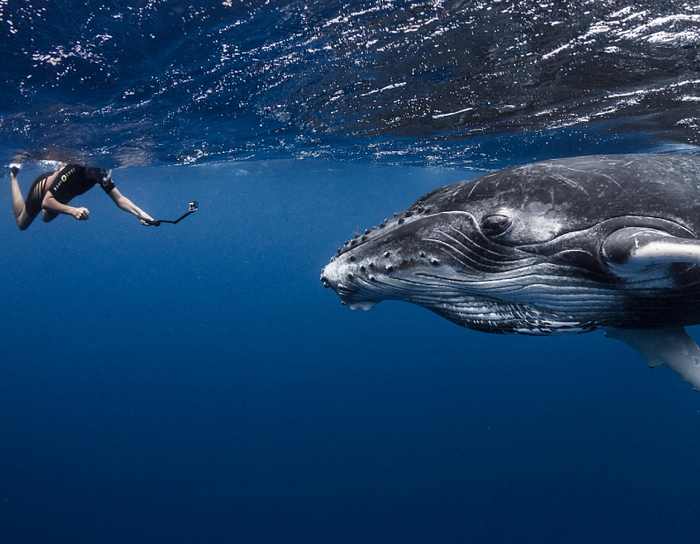
2. Aquarium
In the Tahiti Lagoon, the clear turquoise water makes visitors feel as if they are diving in an aquarium. Visitors may see angelfish, lionfish, triggerfish, and many others.
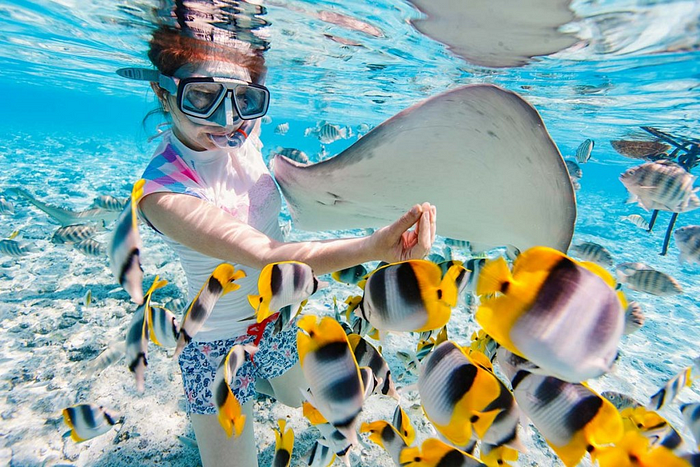
3. Shipwreck
Another possible site in the Tahiti Lagoon is a shipwreck. Visitors have to dive even deeper to see all these former modes of transportation purposely placed here as artificial reefs.
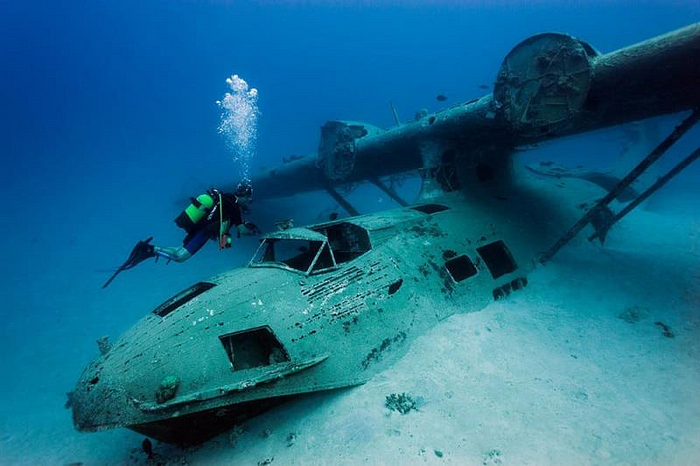
4. White Valley: Meet the Sharks
Off the coast of Tahiti Nui, this sea voyage takes place at one of Tahiti’s best dive sites. White Valley owes its reputation to the many species of sharks that live there. As such, visitors will find black and white, gray and lemon endings. Sometimes visitors will even cross the path of tiger sharks.

NATURAL RESOURCES ATTRACTION
LOW HIKING
At the easy hiking level, it has a wide driveway and easy access. With the development of sufficient paths, traveling without being guided by a guide will still be enjoyable. Visitors want to feel what it’s like to walk around and take pictures at The Beverly Lookout to capture the moment, or take pictures at Mount Marau with its landscape and feel a heavenly sensation at The Spring of Vaiphai.
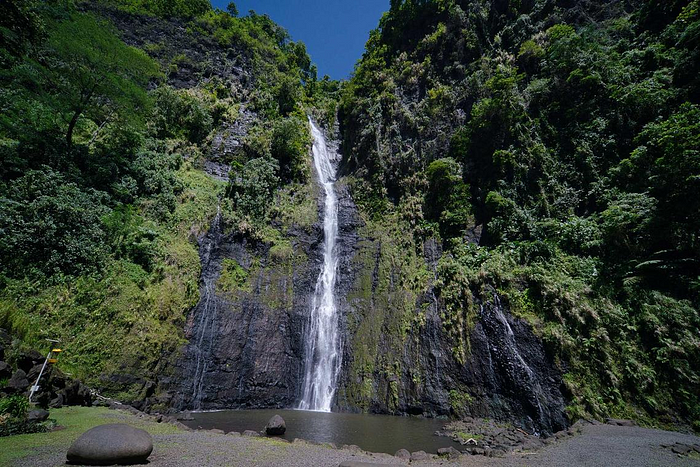



NATURAL RESOURCES ATTRACTION
HARD HIKING
At the difficult level of hiking, this will be guided by a guide. Visitors also want to feel what it’s like to hike for about 2 days across the beautiful Tahiti Peninsula, as well as see the waterfalls in it.

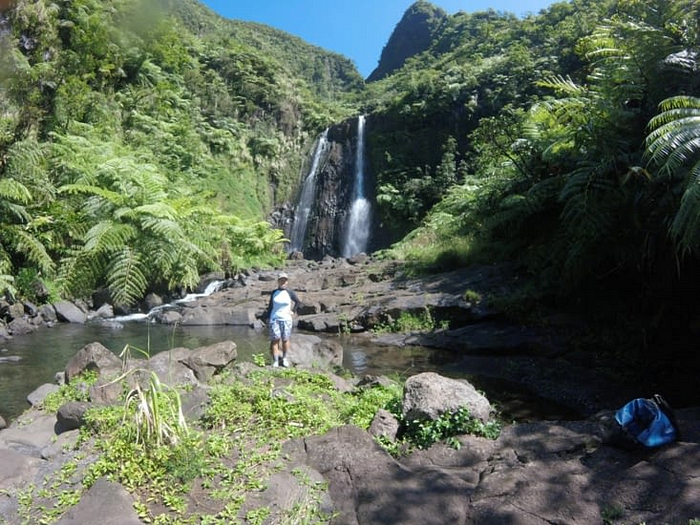

requires a minimum of 2 days of hiking.


